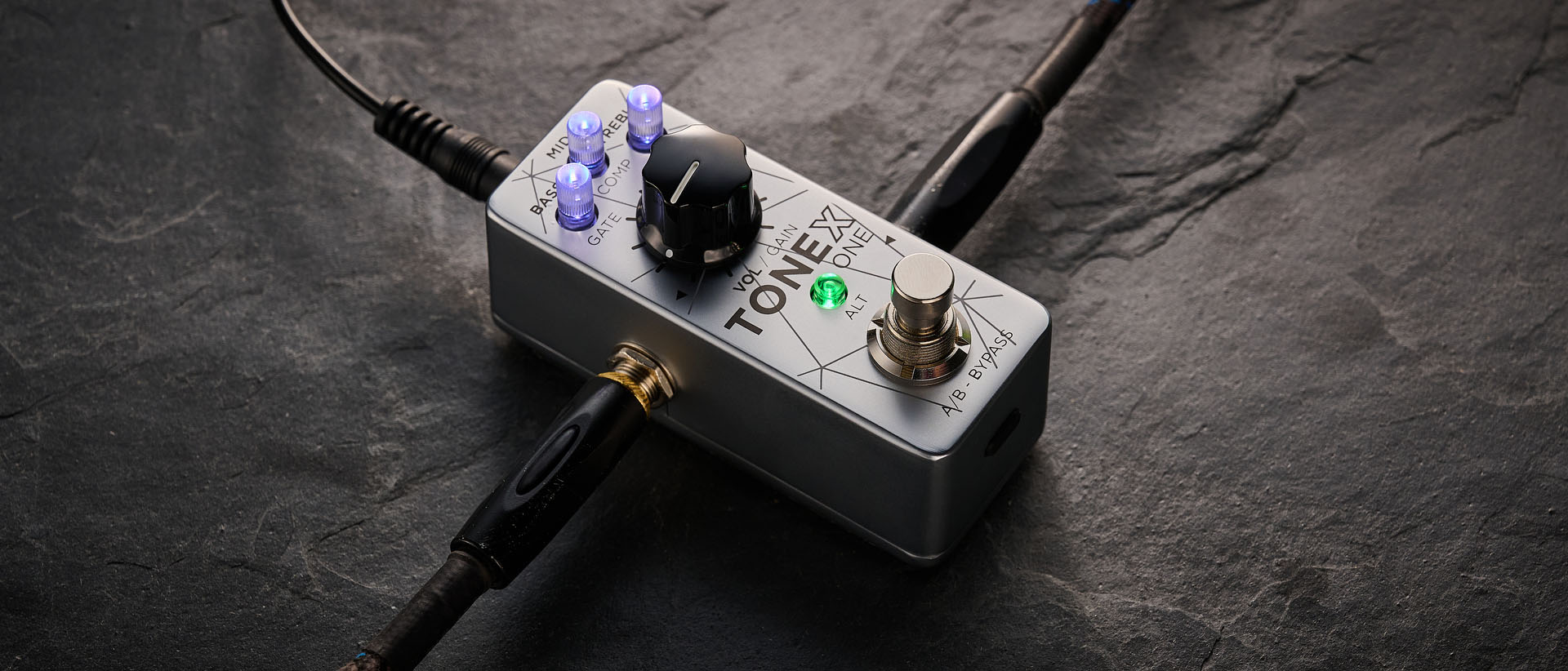Fender and Kevin Shields make history with the firm’s first ever signature fuzz pedal – and it‘s a retro joy
It might cost $499, but the limited-edition Shields Blender – designed with the My Bloody Valentine tonal pioneer – is a two-channel vintage-style monster in every sense of the word
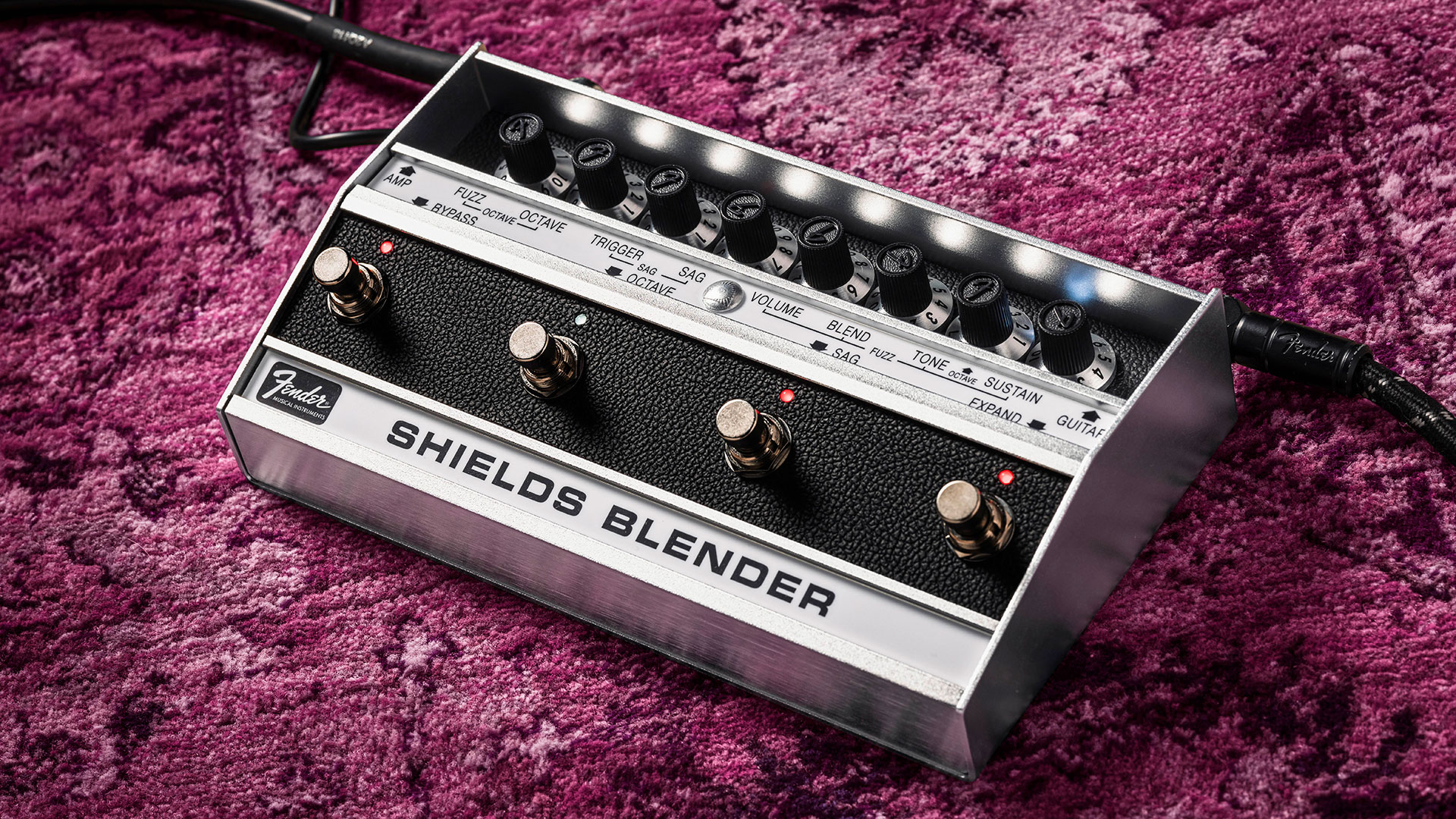
My Bloody Valentine guitar icon Kevin Shields has teamed up with Fender to launch the Shields Blender – notable for being both the firm’s first ever signature fuzz pedal and for reprising one of the brand’s vintage obscurities in all its glory.
Of course, this being Shields – a tonal pioneer and one of the main forces of the shoegaze movement – the circuit has not hit the shelves unaltered and the Shields Blender is a signature in way more than name.
So what is the Blender? And what exactly has Shields done to this vintage oddball?
Well, the first Blender unit was produced in its four-knob format from 1968 to 1977. Kevin Shields relied on his to power much of his game-changing guitar work with My Bloody Valentine and it was also favored by Billy Corgan on Smashing Pumpkins’ early albums.
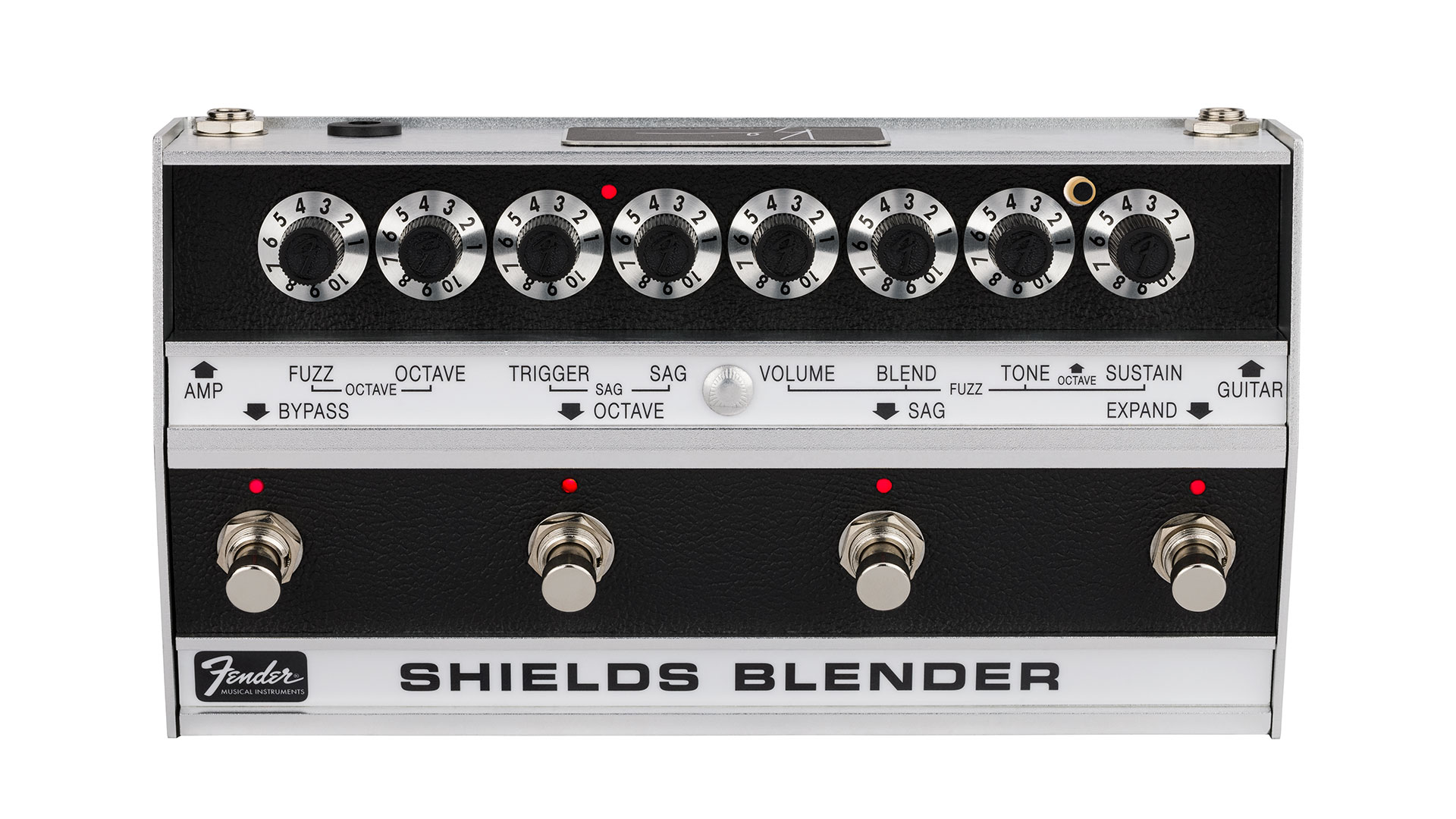
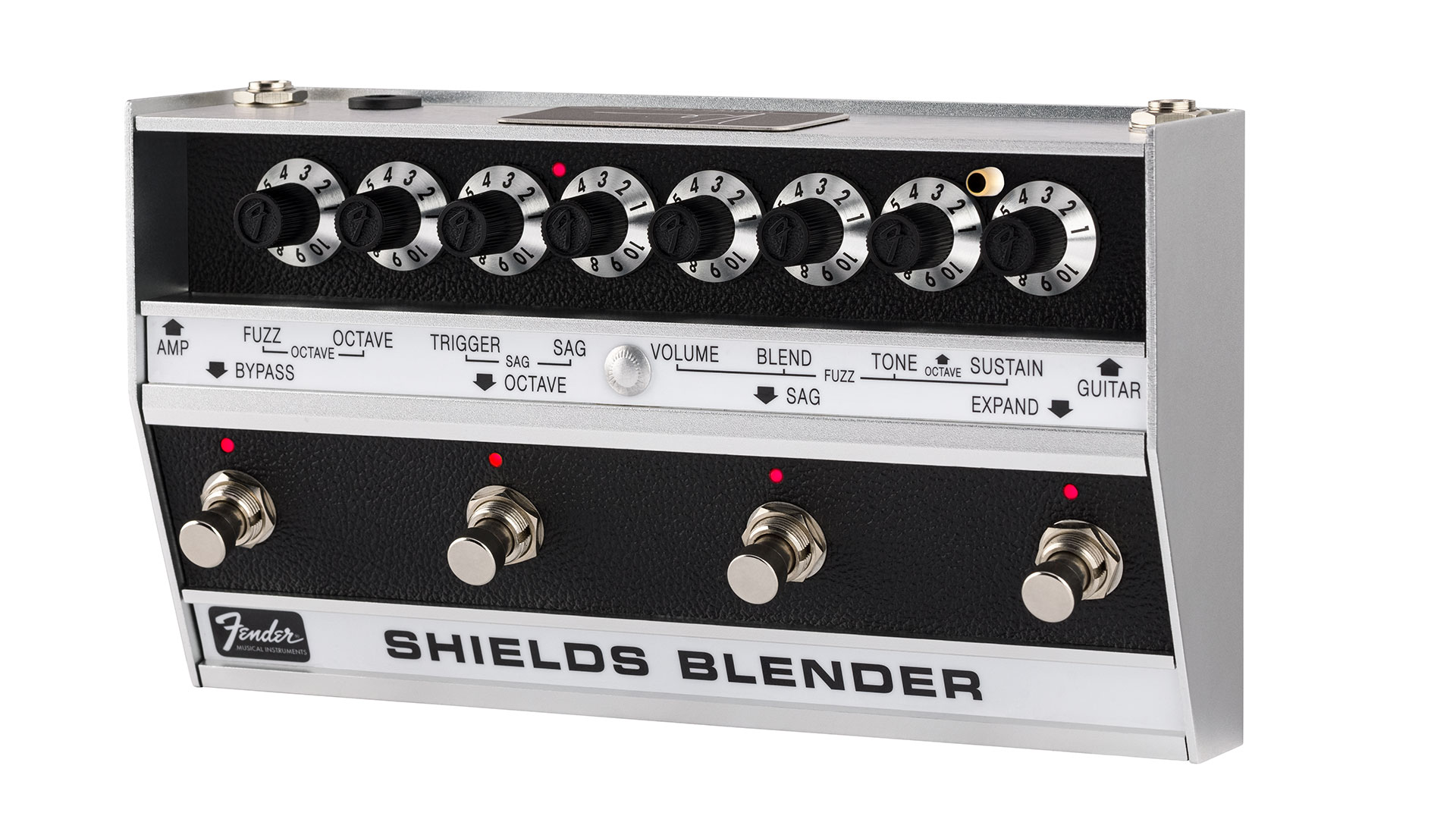
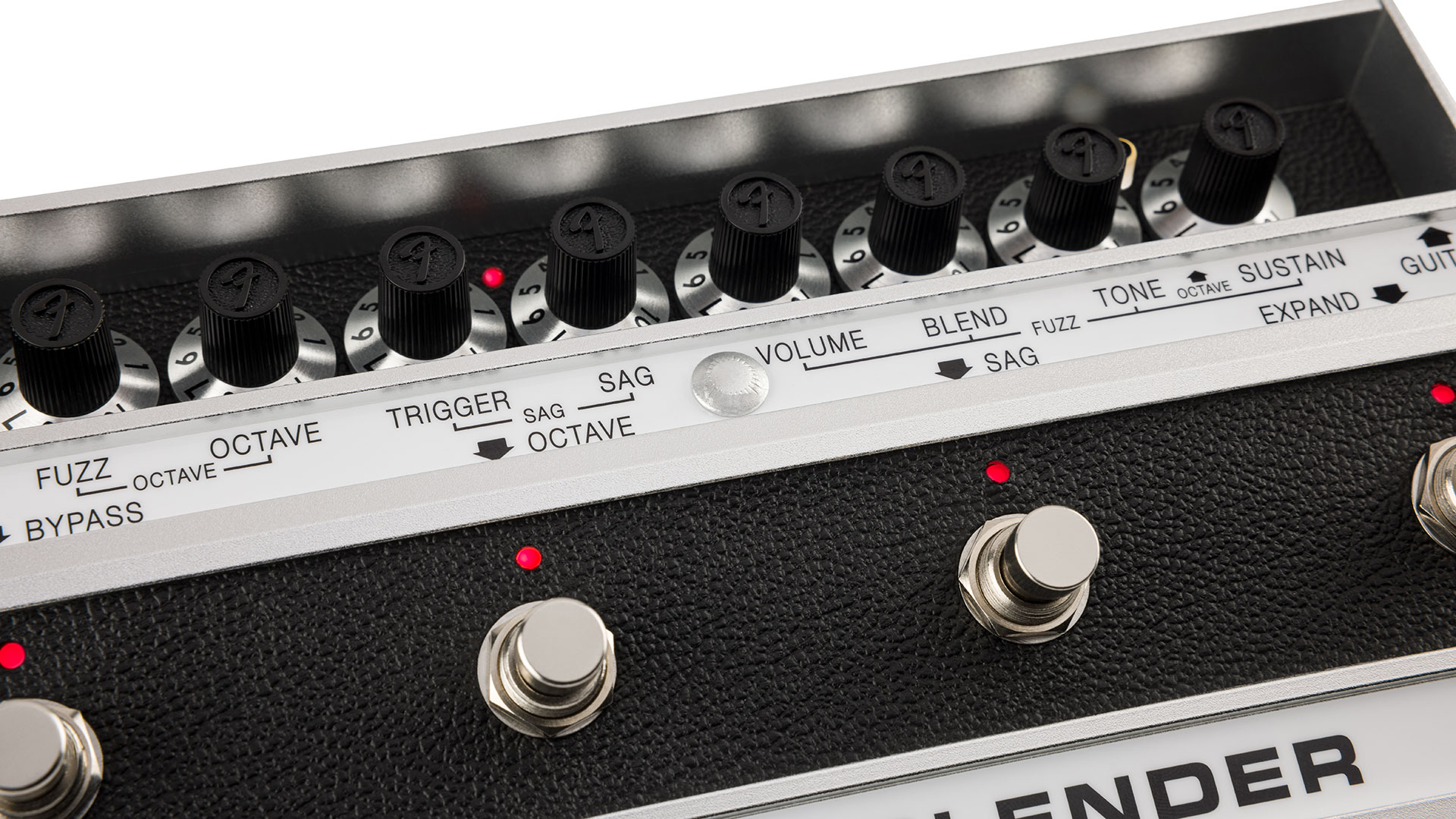
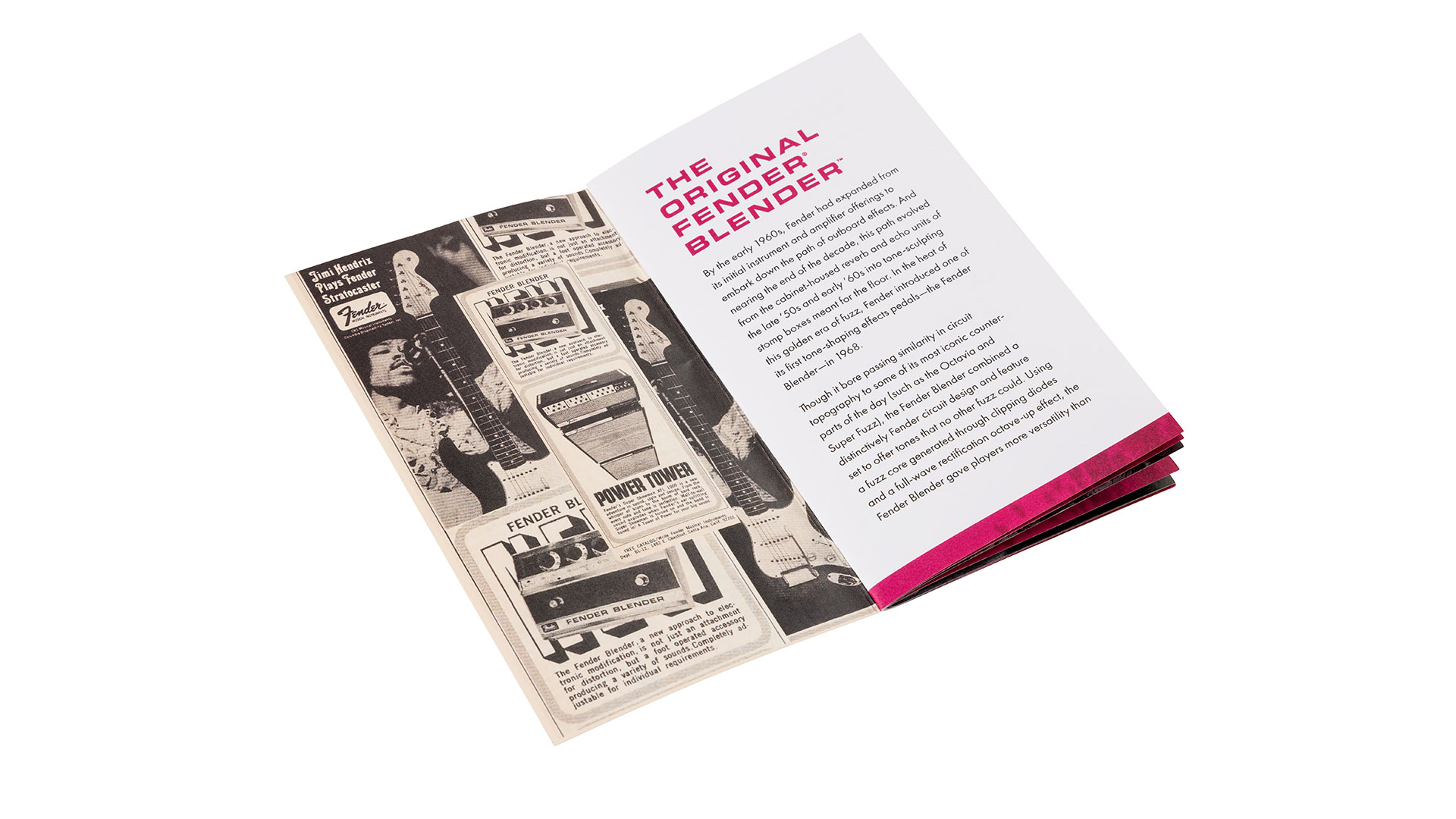
It is, in short, a beast – designed to be Fender’s bells and whistles answer to the likes of the Maestro Fuzz-Tone and Fuzz Face that dominated the era. Not only does it take up a sizeable chunk of real estate on your pedalboard, it is renowned for its uniquely vicious, dynamic octave fuzz, partially inspired by the Octavia circuit.
The four knobs offered volume, sustain, tone and blend, and a second footswitch was used to engage a Tone Boost circuit, which offered a high-end frequency boost.
The Shields Blender offers all of this and a lot more besides, expanding it to a mammoth eight-knob, four-footswitch design that looks like a retro Star Trek control panel.
All the latest guitar news, interviews, lessons, reviews, deals and more, direct to your inbox!
Under the hood, Fender says it is “hand copied” from the original circuit on channel one, but it has obviously now been augmented with far more control options, perhaps most notably an octave-up push button, which allows you to remove the octave side of the effect.

An Octave footswitch kicks between a blend of fuzz and clean on one channel and a blend of fuzz and monophonic sub octave fuzz on the other side. There’s also now a reactive sag circuit, which “uses dynamic sensing circuitry to create imploding fuzz tones”, so says Fender.
Essentially, it deprive the transistors of power depending on how hard you pick (and the subsequent input signal), creating what the firm dubs “controlled chaos”.
It’s all put together in the US and, essentially, appears on the surface (just look at it!) to be a pretty powerful encapsulation of Shields’ tonal wizardry, offering a huge amount of knob-twiddling fun, alongside a unique and prized original circuit.
We’d usually comment at this point about it being perhaps too complex for the average non-demigod guitarist. Similarly, the price point – $499 – is pretty outrageous from the point of view of your average compact pedal shopper. But this is just not the Shields Blender’s target market.
Instead, as with T-Rex’s slavish, $2,100 Echorec reissue, the Blender – limited to 700 units – is going to be one destined for the ’boards and studio hauls of producers, well-heeled players and dedicated pedal geeks.
Intriguingly, the Shields Blender is the second product launched this week by the (usually attainably) guitar giant, with a price point that has made us gasp – though it does seem a steal compared to the $12,500 Yves Saint Lauren Fender Strat.
For more information on the Fender Shields Blender, head to Fender. It can also be purchased exclusively from Reverb (in the US) and Andertons (in the UK).

Matt is Deputy Editor for GuitarWorld.com. Before that he spent 10 years as a freelance music journalist, interviewing artists for the likes of Total Guitar, Guitarist, Guitar World, MusicRadar, NME.com, DJ Mag and Electronic Sound. In 2020, he launched CreativeMoney.co.uk, which aims to share the ideas that make creative lifestyles more sustainable. He plays guitar, but should not be allowed near your delay pedals.
